Eels stack disc-shaped cells called “electrocytes” into three organs to create a shock.
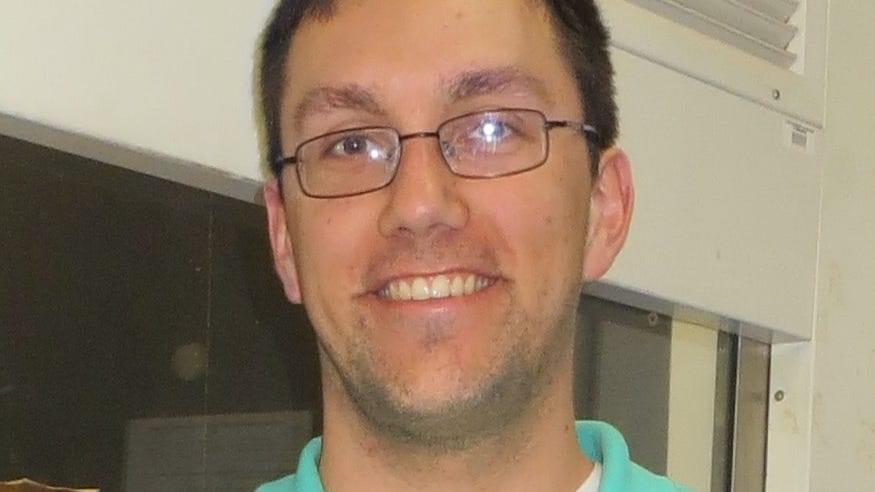


The deal will involve SpaceX installing ground stations inside google’s data centers to link with Starlink satellites. This synergy will provide ultra-fast internet services to enterprise clients. We could start seeing the outcome of the partnership as early as this year, especially since Musk has promised Starlink would exit beta mode despite the size of googling this deal is enormous because it is giving an edge in its competition the software behemoth Microsoft and online retail king Amazon in the cloud computing market.
Google needs to diversify as quickly as possible because its advert business is no longer growing at the usual rate. The cloud is a way for Google to shore up its revenue to sustain its growth, so landing a client like SpaceX is a big deal for Google because its cloud computing service will be delivered to clients at high speed the first at Google data center to host a starling the base station is in New Albany Ohio followed by other data centers in the US. Still, ultimately most of google’s data centers worldwide would be connected.
Google and SpaceX had a bit of history back in 2015; the search giant invested 900 million dollars into SpaceX, which was meant to cover various technologies, including making the satellites themselves. Hence, it is natural that the two companies would do business together. The deal benefits all the parties involved, and Google brings its cloud services to more customers through a secure and fast internet network.
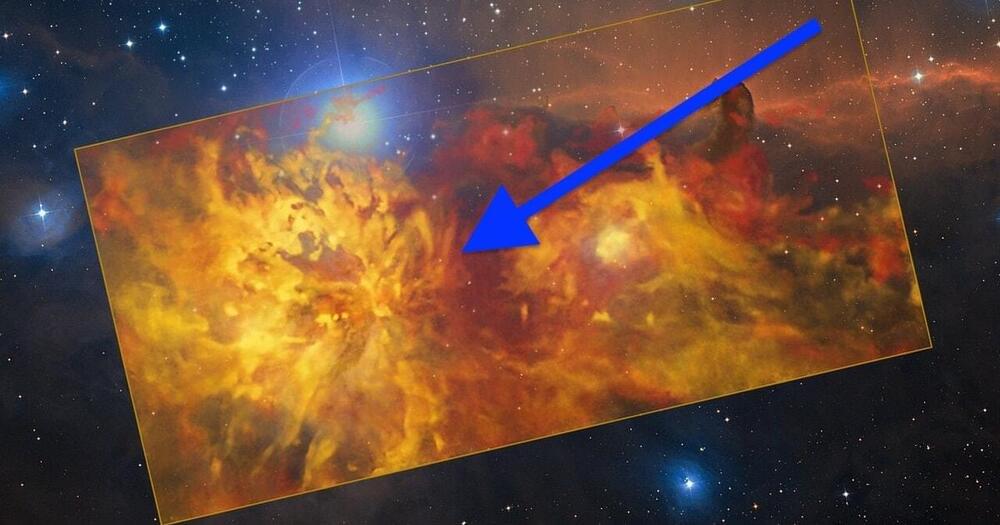
The Flame Nebula glows with ultraviolet light.
Well, maybe not a real fire. But a recent image of the Orion Constellation captures one of its most glorious nebulae, the Flame Nebula. The nebula appears to be ignited in raging flames burning at the very fabric of the cosmos as it shines bright amid the closest molecular cloud to the Sun.
The European Southern Observatory (ESO) released the image Tuesday, offering a unique glimpse at this busy constellation.
The breathtaking image shows the Flame Nebula as the largest portion on the left half of the central rectangle.


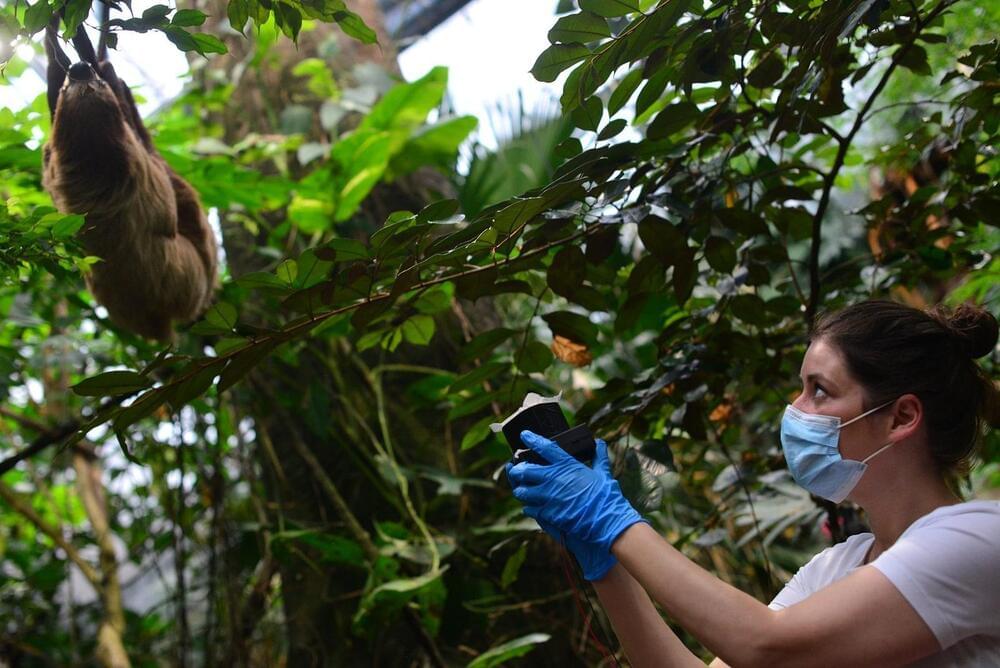
While doing their research, the teams had no knowledge of the other’s work, but after finding each other’s preprint proof-of-concept papers online, the two groups decided to submit their manuscripts for review together. “It’s insane that two groups did such similar studies in two places, but it’s also a very rare opportunity,” says Bohmann.
The fact the groups took different paths to find a similar result is particularly compelling, says Mark Johnson, who studies eDNA and Texas Tech University and was not involved in the work. “It’s really exciting looking at how both of these papers, done independently of each other, have produced, really, the same results,” says Johnson. “It adds that extra little bit of validation that what we’re seeing is real.” While hopeful about the future of airborne eDNA, Johnson notes huge leaps need to be made before the techniques used in the zoo can be applied in the field. Collecting eDNA in the wild adds a host of new variables, and enclosed spaces like caves may accumulate genetic material differently than open areas like grasslands. “The next step is to take it from the zoo into the natural environment and see what we find there,” says Johnson.
Clare and Bohmann anticipate that one of the best applications of airborne DNA could be to measure biodiversity in difficult-to-access places, such as burrows and caves. Fabian Roger, an eDNA researcher at ETH in Switzerland, is eager to see how the work could be applied to studying insects. “We have very little ways of monitoring them other than catching and killing them,” says Roger, who was not involved in the recent work. Using eDNA to detect insect species from a sample of air instead of trapping them could rapidly advance entomology research. The technique could also clue scientists into the presence or spread of an invasive species. Like Clare and Bohmann, Roger doesn’t see airborne eDNA as a replacement for traditional monitoring methods, but as another tool they can use. “Biodiversity science is sort of an all-hands-on-deck situation. It’s not one over the other, or one or the other,” says Roger.

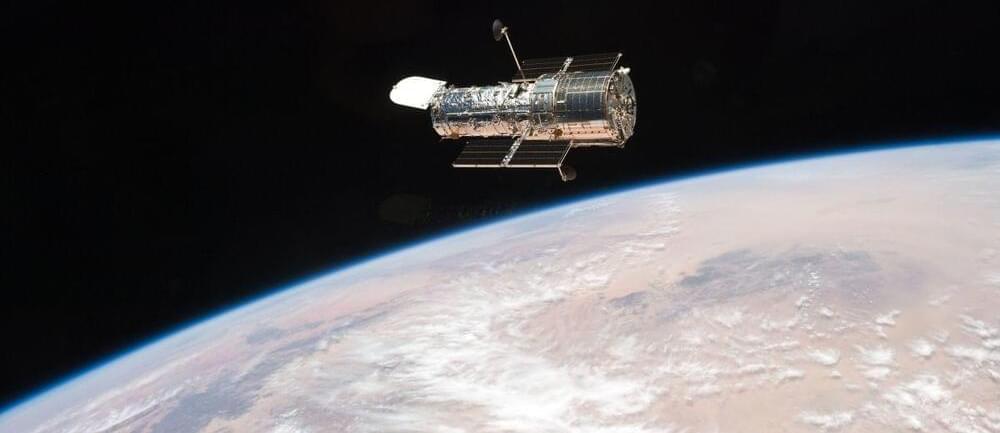

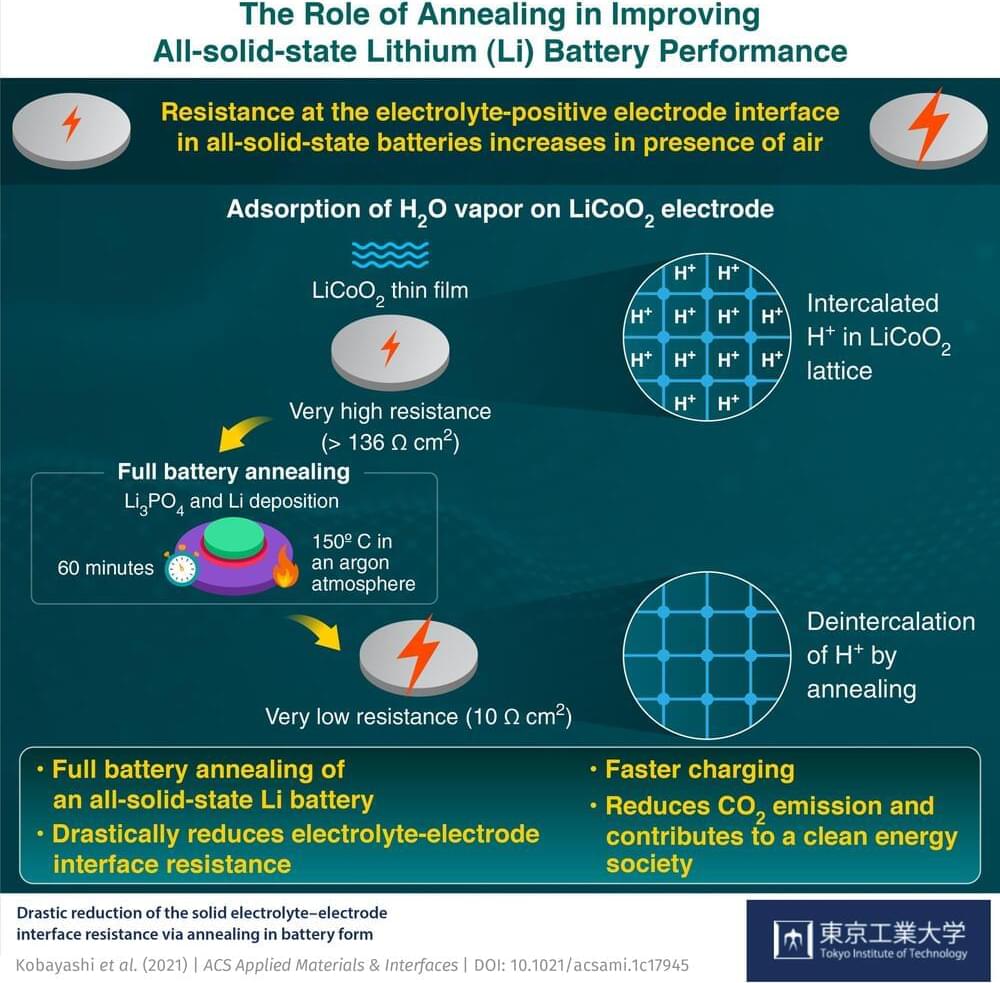
All-solid-state batteries are now one step closer to becoming the powerhouse of next-generation electronics, as researchers from Tokyo Tech, National Institute of Advanced Industrial Science and Technology (AIST), and Yamagata University introduce a strategy to restore their low electrical resistance. They also explore the underlying reduction mechanism, paving the way for a more fundamental understanding of the workings of all-solid-state lithium batteries.
All-solid-state lithium batteries have become the new craze in materials science and engineering as conventional lithium-ion batteries can no longer meet the standards for advanced technologies, such as electric vehicles, which demand high energy densities, fast charging, and long cycle lives. All-solid-state batteries, which use a solid electrolyte instead of a liquid electrolyte found in traditional batteries, not only meet these standards but are comparatively safer and more convenient as they have the possibility to charge in a short time.
However, the solid electrolyte comes with its own challenge. It turns out that the interface between the positive electrode and solid electrolyte shows a large electrical resistance whose origin is not well understood. Furthermore, the resistance increases when the electrode surface is exposed to air, degrading the battery capacity and performance. While several attempts have been made to lower the resistance, none have managed to bring it down to 10 Ω cm2 (ohm centimeter-squared), the reported interface resistance value when not exposed to air.